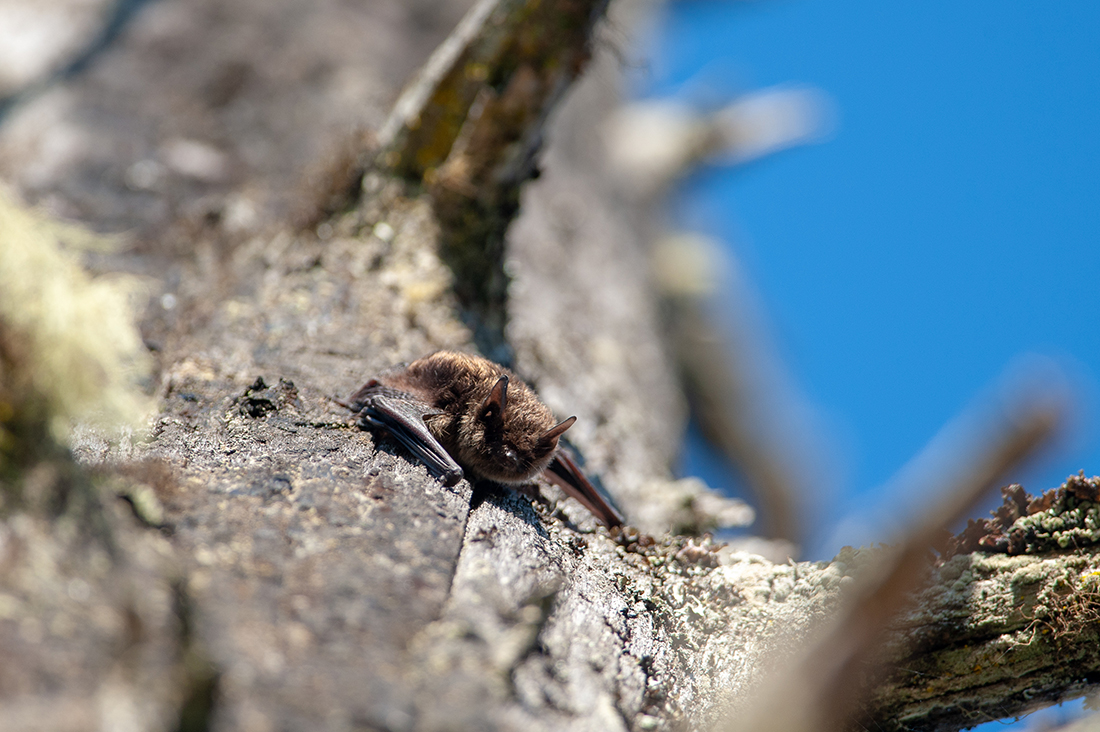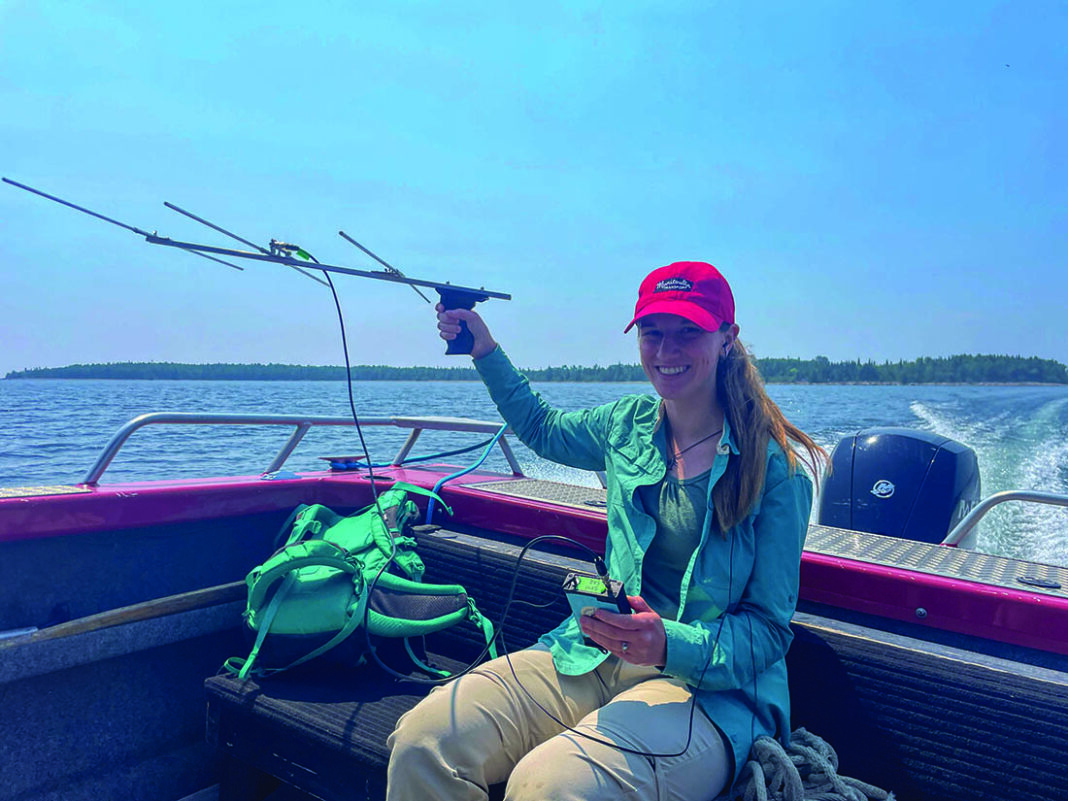GUELPH—Alexandria Cosby is currently in her first year of studies at the University of Guelph and will be conducting research on Manitoulin Island this summer toward her PhD, studying little brown bats and the types of habitat they need to forage. She is hopeful that Islanders will be able to help her in this work.
“I study little brown bats and will be carrying out research on the type of habitats they need to forage,” Ms. Cosby told The Expositor. “There is very little information available about bats on Manitoulin, and bat research heavily relies on having relationships with communities and I am hoping to get access to private property for monitoring. I felt the Island would be the perfect place for my study given my roots.”
“My PhD is in ecology,” Ms. Cosby shared. “I’m studying animals in the community and how they interact with each other. My PhD will take about four years to complete and I am in my first year at university.”
Ms. Cosby is a Haweater, born and raised on Manitoulin Island and lives in Little Current. “I graduated from Manitoulin Secondary School in 2016.”
“I study little brown bats, which have seen significant population declines and are now endangered in Ontario due to white-nose syndrome,” said Ms. Cosby. “I’m looking into the reproduction influences have on their foraging.”
Her proposal, “The Geographic and Temporal Variation in Myotis Lucifugus (Little Brown Bat) Foraging,” explains “the distribution of species is influenced by factors affecting habitat suitability. Optimal foraging theory (OFT) explores the balance between food gathering and energy expenditure, providing insights into dietary and habitat choices. However, gaps exist in our understanding of foraging behaviour and habitat use, especially for cryptic and endangered species like the little brown bat.”
Given their alarming population declines, “a detailed examination of bat foraging strategies to maximize energy gain is important for determining patterns of habitat selection. Reproductive status influences diet and habitat choices in female (little brown bats), adding complexity to the foraging-environment relationship. Their strategies adapt to meet the energy demands of different reproductive phases during pregnancy and lactation,” she explained.

“OFT helps predict these adaptations, aiming to maximize maternal and offspring fitness. During pregnancy, females focus on accumulating energy reserves and prefer more energy-dense prey, optimizing intake over hunting efficiency. During lactation, a critical phase for energy needs due to milk production, bats may restrict their foraging range to closer to their roost to facilitate frequent nursing bouts,” Ms. Cosby explained. “The foraging behaviours and habitat selection patterns of these bats are expected to vary throughout the reproductive season, reflecting changes in dietary need and prey availability across different habitat types.”
“The overarching goal of my project is to investigate how reproductive and ecological factors influence the foraging behaviour of little brown bats,” said Ms. Cosby.
Ms. Cosby explained, “For fieldwork in years one through four I aim to identify five maternity roosts across Manitoulin Island. I will passively collect guano from roosts, facilitated by drop sheets and then use DNA metabarcoding to cross-reference identified species with available prey species sampled using moth sheets within a three-kilometre radius of each roost across five key habitats (forest, agriculture, grassland, water and urban). During this time, I will also deploy four acoustic monitors in each habitat type to quantify spatial variation in patterns of bat foraging activity.” She will examine dietary patterns across distinct reproductive phases to test how diet changes as a function of reproductive status, sample guano and insects on a weekly basis from May to September, capture females from maternity roosts in May and implant them with passive integrated transponder tags. Roosts will be equipped with tag readers which will record when bats leave and return to roosts.
“I am looking for and need to find colonies on the Island,” said Ms. Cosby. Her study on the Island will take place over three years. “If people have any questions or information on where there are roosts on their property, farms or have bat boxes that I could access it would help me greatly in my research.”
Ms. Cosby added, “my findings will contribute to the development of informed conservation strategies, identifying spring and summer critical habitat and important prey species for M. Lucifigus. Furthermore, delving into how heightened energy demands during reproduction influence predator-prey dynamics and responses to environmental variation will contribute to our broader understanding of the complex interplay between species and their habitats, thereby advising our comprehension of OFT.”
For anyone who can help Ms. Cosby access property to do her research, or those who have questions, they can contact her by cellphone 705-282-4176 or email acosby@uoguelph.ca





